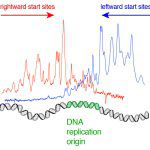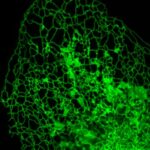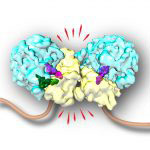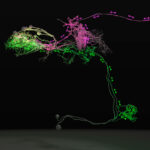
Circadian rhythms dominate our lives through our daily cycle of sleep and wakefulness. These rhythms are controlled by a master clock in the brain: the suprachiasmatic nucleus (SCN). Studying neuronal cell biology and how the SCN drives behaviour in humans and all animals has been made easier by the development of tools that allow rapid, reversible, and conditional control of these systems.




